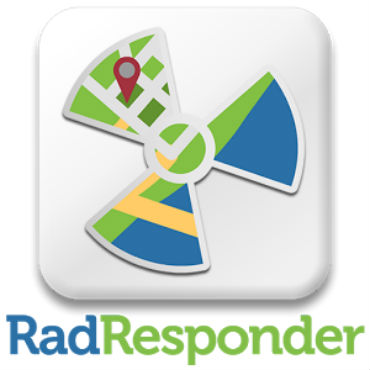FEMA, NNSA get rad

A cloud-based project is aimed at boosting the ability to report radiation monitoring data in emergencies.

The National Nuclear Security Administration showed off a cloud-based service for local and regional emergency service providers that can provide a more cohesive picture, via wireless device, of local radiation levels during radiological emergencies.
In a Jan. 22 blog post on its website, NNSA said it helped showcase the RadResponder initiative, part of a Federal Emergency Management Agency-funded effort aimed at providing state and local organizations with sharpened abilities to report and manage radiation monitoring data in emergencies.
The NNSA's Office of Emergency Operations exhibited the capability in Washington, D.C., late last week as part of the Department of Homeland Security's "DHS Day on the Hill" event sponsored by the House Homeland Security Committee.
NNSA said in its blog post that during a large-scale radiological emergency, state and local radiation data will be available to the Federal Radiological Monitoring and Assessment Center (FRMAC) and integrated into the data collected by the center, providing decision-makers information to use when taking action to protect the public, such as advice on whether to shelter-in-place or evacuate.
The data is accessible through a flexible, free set toolset, including wireless APIs and a "one-stop-shop" website that can be used on-site by local responders ahead of the arrival of federal officials. The website also can also provide a central source of photos of the incident, maps, messaging capabilities and other tools.
The agency said radiological events like the nuclear reactor disaster at Fukushima, Japan, and a 2006 Environmental Protection Agency exercise in Dothan, Ala., that simulated the detonation of a radiological-laden explosive device, highlighted the need for a federal integrated measurement system.
The EPA's Dothan report said the 2006 exercise showed a need to better integrate the FRMAC into the response, as well as a need for uniform data to be made available more widely to local and federal responders.
The RadResponder architecture, the report said, allows emergency responders access via wireless devices to the NNSA's RadResponder Network, which taps databases at NNSA and EPA facilities, as well as local sources. The integration provides responders with a better picture of radiation levels in a given incident. According to NNSA, the system can provide hourly averages, minute-by-minute, or on-demand measurements of radiation levels.
A number of states -- Florida, Georgia, Kansas, Maryland, New Jersey, New York and Vermont -- have conducted pilot programs, and others -- Arkansas, California, Delaware, Louisiana and Missouri -- have expressed interest in the system.
NEXT STORY: Is cybersecurity the right job for you?


